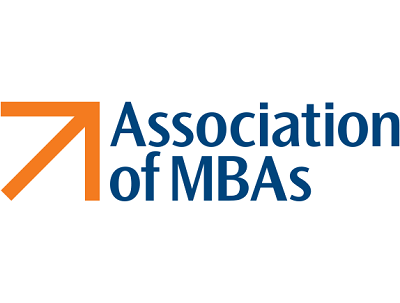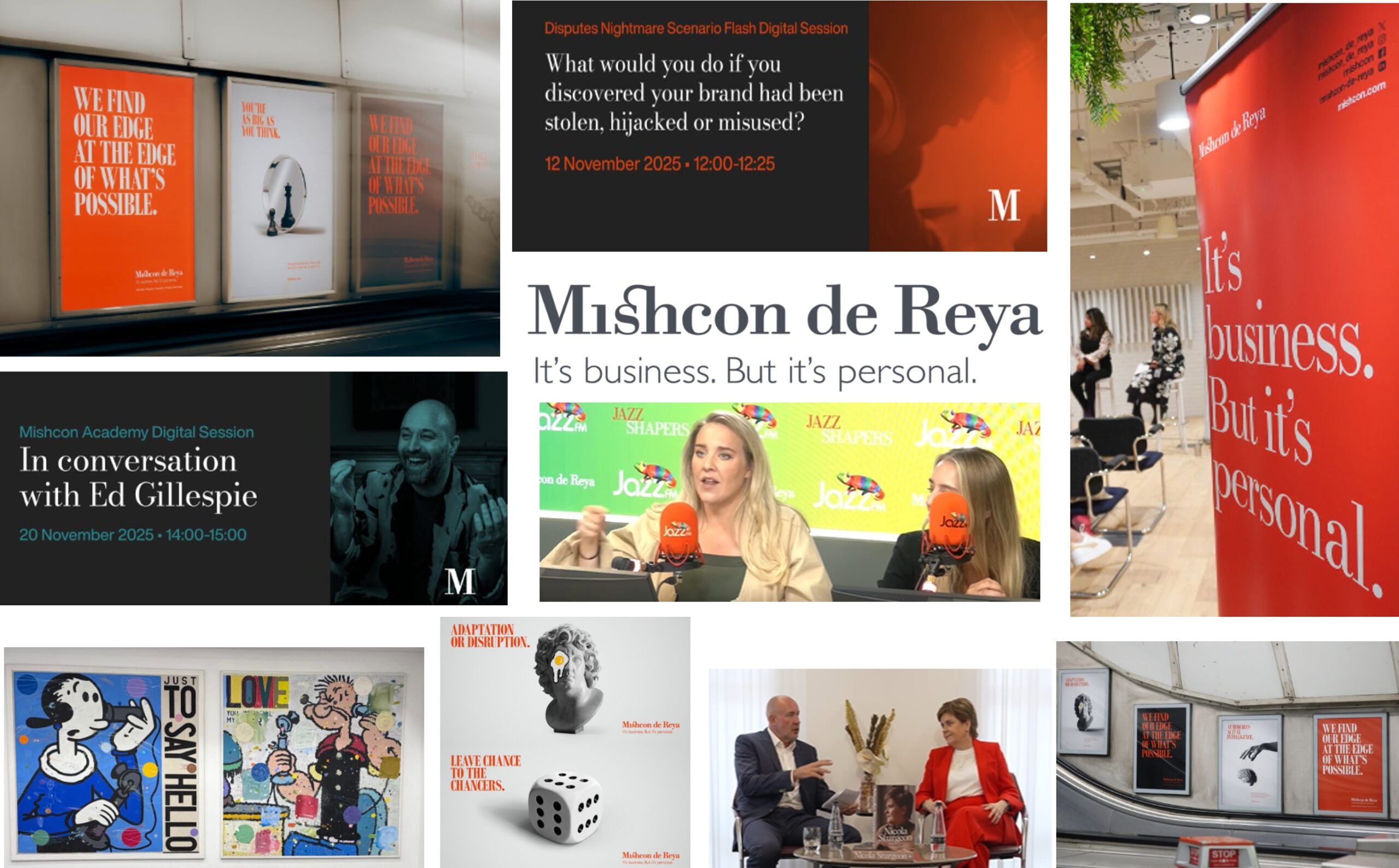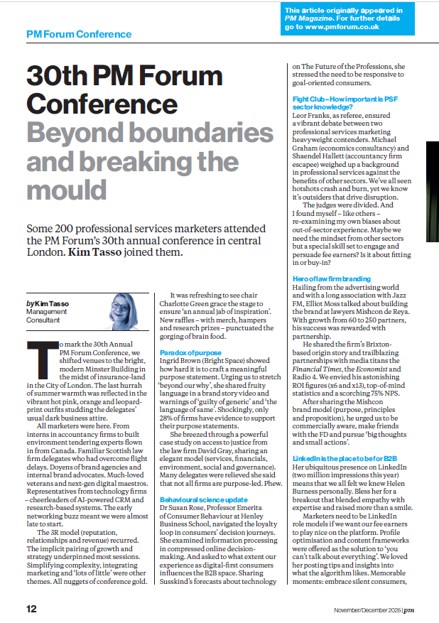
AMBA (Association of MBAs) puts on great regular events for Continuing Professional Development (CPD), and amazingly they are mostly free to members. Last year’s MBA refresher (http://kimtasso.com/association-of-mbas-refresher-event-banks-innovation-entrepreneurs-and-coaching) was excellent so I was excited when I arrived at Imperial College on 4th September. Here’s a summary of what was covered.
Pricing to win in challenging times – Momtchil Kovatchev, Hult International Business School
This was a bit of a challenging start to the day – my brain had hardly switched on! Mr Kovatchev is not a professor but a consultant whose brief also includes strategic development at his business school. Cool.
He began with a startling analysis which showed that amongst 1200 global companies considering different strategies – an increase in pricing produced the greatest increase in profit – by 8.7% (compared to variable cost 5.9%, volume 2.8%, fixed cost 1.8%) and then we were straight into value pricing (perceived benefits – perceived price). Then it was back to economics to consider price elasticity and skimming strategies. The remainder of the talk was structured around the strategic pricing pyramid (“The strategy and tactics of pricing” Thomas T Nagle & John E Hogan) although we really only had time to look at a couple in any depth.
I thought of the professions when he quoted “Segments – one size fits all usually does not lead to profit maximisation”. His top tip was to know your customers and mentioned McKinsey’s value maps using value equivalence lines (VEL)(see “The price advantage” Michael V Marn, V Roegner, Craig C Zewada).
There was also some interesting research showing the impact of direct and indirect questions (using CAPI and CATI) about pricing when preparing attribute and benefit analyses and Van Westendorp’s psychological thresholds when asking respondents to comment on acceptable and prohibitively expensive pricing. I’m afraid I started to lose the thread when we discussed using conjoint analysis to look at the results! But there were some good examples of how the Internet allows companies to make different offers to users visiting pages to compare the take up. His final word was to avoid discounts in 5% chunks!
The world’s greatest innovator – Prof Mark Dodgson, Imperial Business School
After an introduction to the work of Joseph Schumpeter (“the greatest economist” and “creative destruction”) and a general consideration of the role of entrepreneurs we were told that the world’s greatest innovator was Josiah Wedgewood (1730—1795) who sought “fortune, fame and the public good”.
I love a good story and Prof Dodgson kept me fully engaged as he talked through the various achievements – product innovation, process innovation, logistics and transportation innovation, employment and training innovation, marketing and retail innovation, pricing innovation, the innovative use of social networks and the impact on the local economy) of Mr Wedgewood to support his choice. It was inspiring.
He ended – with a little debate about risk-taking behaviour and an unusual angle on funding (“marry well”) – with a checklist for innovation:
- Learn from everywhere and everyone (Loved the discussion of i shaped and t shaped people and the need for intellectual curiosity)
- It’s not enough to do one or two things brilliantly, everything must be done well
- Design is a systematic method of combining technological and market opportunities
- Attune to the zeitgeist and interpret social and market change – including weak signals
- Involve social networks wherever valuable (the strength of weak ties – broad network for knowledge in unrelated areas)
- Make a social contribution
There were final references to IBM (billions of dollars of R&D investment each year, biggest number of patents, longest company in Fortune 100, 220,000 scientists and engineers employed – and Innovation Jams where 150,000 ideas were whittled down and turned into two billion dollar businesses) and also, interestingly, to the Arup Knowledge Management system. He mentioned both 3M and Google’s facility for their staff to devote some time each week to developing their own projects. He also spoke to the combination of the Royal College of Arts, Engineering and business school to create the most successful projects.
Leadership in a rapidly changing world – Matthew Gitsham, Ashridge Business School
Whilst there wasn’t a huge amount about leadership in this session, there was a lot of good information about significant global changes which would inform any scenario or SLEPT analyses e.g.:
- Demographics
- 2011 7 billion population – 2059 9 billion
- Europe and Japan populations will peak in 2010 and China in 2030
- Urbanisation – in 1970 a third of people lived in cities, by 2008 half of people did and the UN predicts that by 2050 it will be 70% (the rise of mega Cities where over 10 million people live)
- Quality of life
- 1 billion of 7 billion population are hungry
- Health and political poverty
- The rise of diseases of the rich
- A move from material wealth to the value of community, time with family/friends and mental health
- New constraints
- Carbon and climate change – 1% of global GDP is needed now compared to 25% in 20 years to tackle it
- One in three food stuffs are dependent on bees
- Freshwater availability will be an increasing issue
- The impact of transparency and corruption
There were great examples of innovation tackling world issues (e.g. Danone yoghurt reducing child malnutrition in Bangladesh and providing a livelihood for beggars through a social business and Unilever’s eight socially responsible goals (health, nutrition, greenhouse, water, waste, sustainable sourcing, better livelihoods)). There was a plea for new styles of leadership – in the private and third sectors – that go beyond profits (“The sustainable company strategy and finance – creating sustainable value” – Laszlo) – but not much guidance on how this might be achieved.
Digital business innovations for significant societal change – Prof Feng Li, Cass Business School
After pointing out that the most disruptive innovation was the iPhone which is now a $25 million business (larger than Microsoft), making Apple the most valuable company in the world, Prof Li went on to talk about how technology can support societal change.
There were interesting case studies of assisted living technologies and tele-care (e.g. SALT £2m assisted living programme) and tele-health (e.g. £2.1m LimbAlive tele-rehabilitation through Wii-like gaming) to support the growing ageing population, young medics paying significant amounts for trekking holidays where they also provided treatment and training, Government initiatives to increase digital and social inclusion (e.g.. SiDE £12.6m project) and time donation projects (e.g. Starbucks community service hours, on-line newspaper reading in Shanghai).
There was some “futurescaping” and talk of predictive analytics. The most valuable idea here I found was that organisations could tackle global issues through innovative approaches and still make a profit – which was in stark contrast to the earlier speaker and the social business model. What I found most inspiring was the subsequent debate where the need for every enterprise and person to consider what they can do to counteract global problems rather than expect Governments and the largest enterprises to tackle them.
Another thought provoking and valuable day. Thanks AMBA.
Twitter accounts: @Assoc_of_MBAs @ImperialBiz








